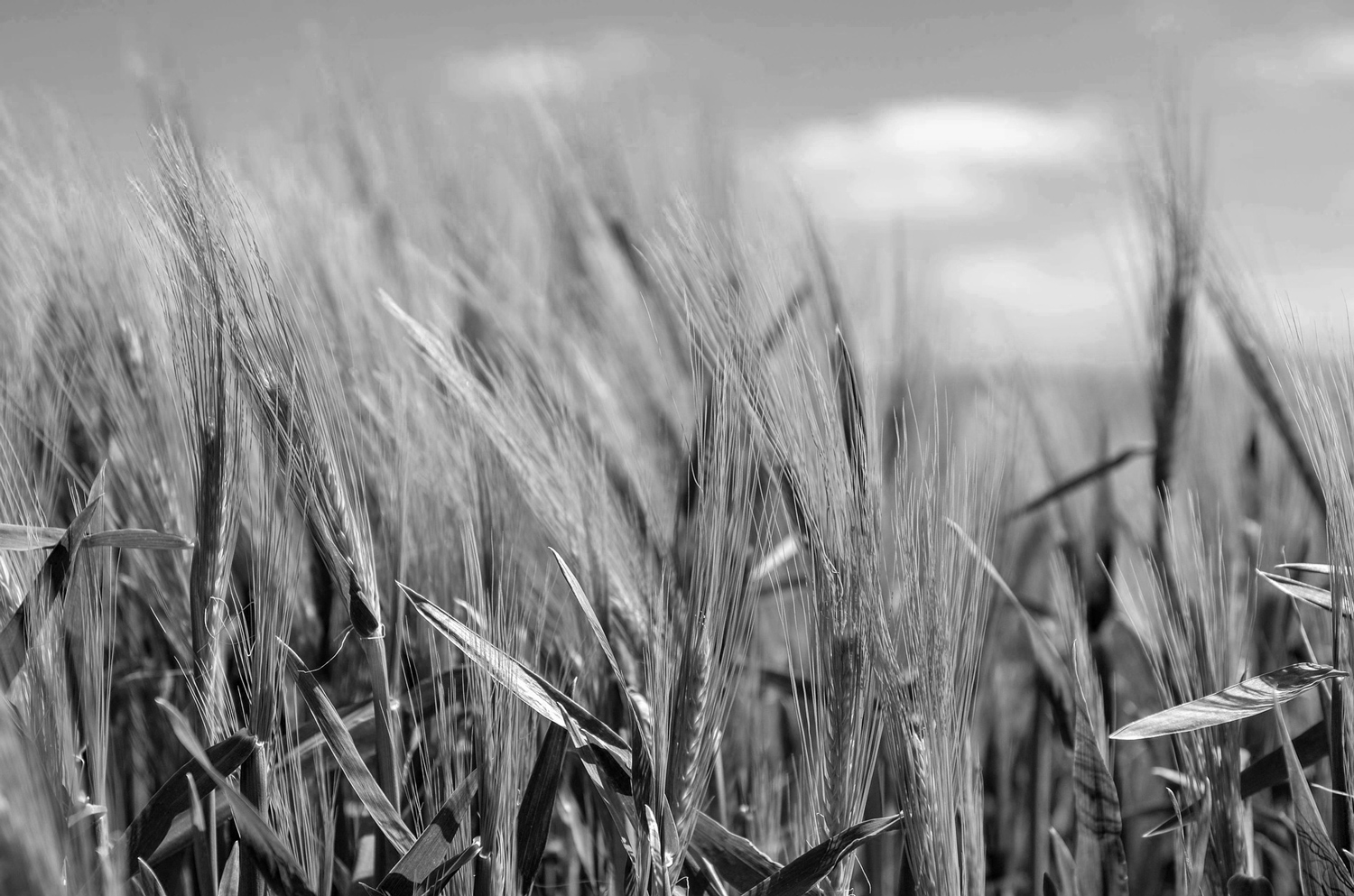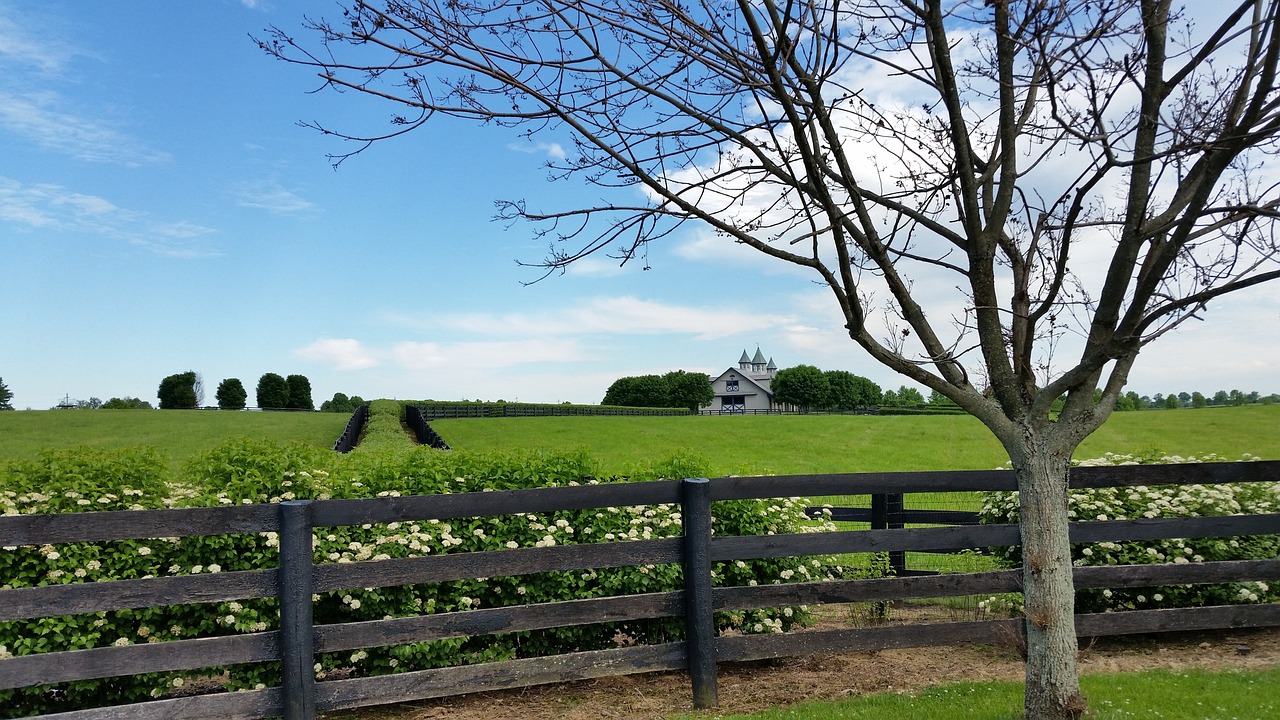By Alan Miller
Let’s consider one windshield metric that I first learned to appreciate in the early years of the farm financial crisis of the 1980s. That financial measure is capital debt repayment margin (CDRM). This windshield metric can help provide direction where the farm balance sheet still looks great, but net incomes are likely to drop. For example, should you go ahead and restructure existing farm liabilities now in anticipation of tighter finances ahead? But, is it right for your farm?
If forecasted CDRM is a negative amount, loan restructuring will typically be easier to accomplish now rather than later. The larger the shortfall, or the longer it appears to you it might last, the more incentive you have to adjust now. The 1980s proved how quickly financial reserves reported on today’s balance sheet can erode if asset values soften, interest rates rise, or other financial adversity strikes.
CDRM forecasted for next year compares the sources of income expected to be available for repayment with the demands for repayment. These demands not only include interest and principal due on term debts, but also family living needs and planned expenditures to maintain farm capital assets.
In the 1980s even farms that started with little or no debt could end up having capital debt repayment problems because of these additional demands on repayment capacity. Estimating accrual-adjusted net farm income from operations for the year ahead is the starting point for computing CDRM.
The rest of my story is that I first started forecasting CDRM because a farm lending organization started requiring it in the early 1980s. I don’t remember it being a particularly popular requirement with my farm clientele, initially. However, those forward-looking estimates of CDRM really served the farmers well as the financial crisis of the 1980s deepened.
Could analyzing forecasted CDRM help you avoid disaster in today’s ag environment?
Alan Miller retired recently from Purdue University after serving 36 years as an Extension Specialist in Farm Business Management in Kentucky, Alabama, and Indiana. He has been a Certified Public Accountant since 1991. At Purdue he taught an undergraduate course for agriculture students titled “Accounting for Farm Business Planning.”


